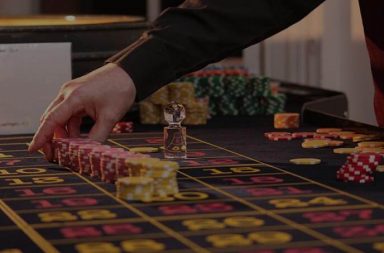The aim of the Bounce is to discuss a simple method of swing trading that is profitable, easy to learn, easy to implement strategy, and has sound risk management! This page will get constantly updated with all new content based on swing trading strategies discussed in our community.
This part will contain the core strategies on Swing Trading with well-documented examples as well as relevant content needed for mastering it.
There are no additional materials for this course.
But, If you want to discuss the same strategy on the swing trading with fellow traders or want to be part of the live discussions, You may consider signing up for our public trading forum.
Course Content
Trend Analysis - I
Trend Analysis - II
Analysis of the Market
Epilouge
Combining Price Action


